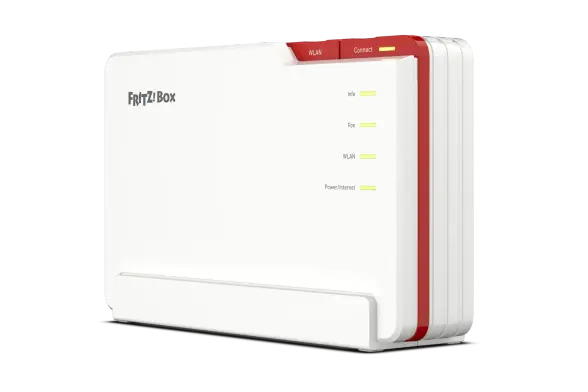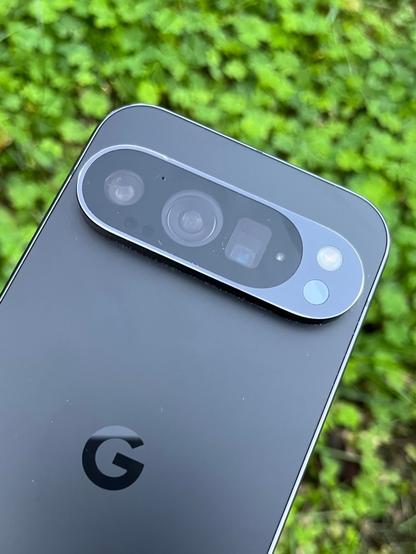Pixel 9 Pro long-term assessment: the best $200 extra I’ve spent on a phone
The Pixel 9 Pro phone that I bought last December–for the most money I have yet spent on a smartphone–is now theoretically obsolete with Google’s introduction of the Pixel 10 series at the end of August. But it doesn’t feel even faintly out of date.
I had spent more than my budget for previous phones after the demise of my Pixel 5a for a few different reasons: The Pixel 8a that PCMag was kind enough to loan me ran hot and rebooted randomly too often; the base Pixel 9, starting at $799, had significantly worse battery life in PCMag’s tests; the 5x optical zoom lens on the Pixel 9 Pro, $999 and up, seemed like it would justify the extra $200 by itself.
And then I spent an extra $100 to get a configuration with 256 GB of storage, offset initially by a $150 discount at purchase and and later by a $150 rebate for a trade-in of the ancient, still-functional Pixel 3a that I’d kept around as a backup. That brought my final cost with taxes to $855.94.
Nine months later, I still find myself appreciating the 9 Pro’s telephoto lens almost every day. Having that glass in the camera I have with me almost all of the time has made an enormous difference in my photography, allowing me to get meaningfully closer to subjects ranging from overhead aircraft to a musican onstage.
The extra money I spent to double the stock 128 GB also seems eminently well spent. With my entire music library on this phone (which I can’t listen to via my best wired headphones without a USB-C dongle), constant picture taking and only intermittent attempts to prune the phone of underused apps, I still have almost half of that space left free. This may be the first phone I’ve owned where I didn’t have to worry about its storage capacity since the feature phones I carried up before upgrading to the first of a series of Palm Treo phones more than 20 years ago.
The rest of the Pixel 9 Pro hasn’t represented such a remarkable advance. Battery life has been good enough for me not to worry about it–helped by the ability of this phone to recharge quickly over USB-C and cordlessly via the Qi charging surfaces that are no longer such a rare sight in hotels and even some premium airplane cabins.
Like most new phones, the 9 Pro embeds its fingerprint sensor in the touchscreen, and I still find myself tapping on the wrong part of it until the display lights up with a fingerprint icon telling me where I should have done that.
I have not needed one of the Pixel 9 Pro’s more-hyped features, its Satellite SOS emergency-messaging capability. That’s a good thing, but the one time I tried to test it–on a beach on California’s northern coast with zero T-Mobile bandwidth shown–I could only get Google’s demo to work once.
As for the AI features that Google has emphasized so much, I can’t say that I’ve used them much. Or at least I haven’t used them in ways that makes this phone feel more powerful than older Pixel phones that merely ran software that could do some machine-learning tasks on-device. Which also explains why Google’s emphasis on AI in the Pixel 10 series–as Ars Technica’s Ryan Whitwam phrased it in his review, “Google pulled out all the stops and added a ton of new AI features you may not care about”–doesn’t click with me.
The part of Google’s fundamental Pixel pitch that I do continue to appreciate: getting that company’s full set of features without bloatware attached, then never having to wait for weeks or months to get feature updates or even security fixes. My phone may now rank as slightly old, but its software is more recent than what’s on a lot of just-shipped Android phones from other vendors.
#5xZoom #AI #android #AndroidUpdates #opticalZoom #phoneStorage #Pixel10Phones #Pixel9Phones #Pixel9Pro #PixelPhones #QiCharging #smartphonePhotography #telephotoLens











